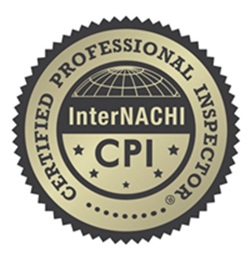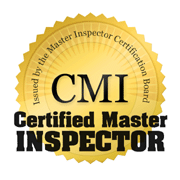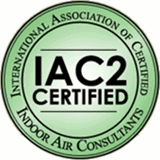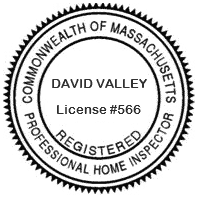Massachusetts Home Inspections YOUR INVESTMENT IS MY CONCERN

Carpenter Ants
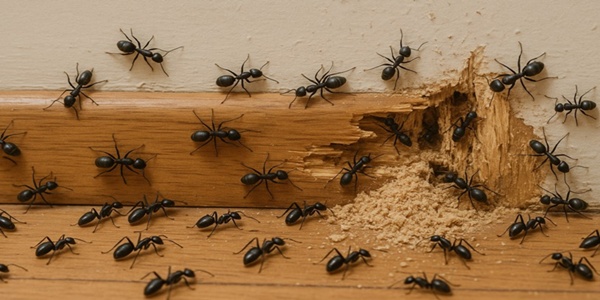
A Carpenter ant infestation in Massachusetts may not be as destructive as a termite infestation, but it still requires prompt attention to prevent structural damage caused by their tunneling. Unlike termites, ants do not consume wood for nutrition; instead, they excavate it to create nesting spaces. The displaced wood shavings are often used to construct partitions within their tunnels.
Most ant species establish their nests in moist, decaying wood around a home's perimeter. Common nesting sites include wood retaining walls, damp porches, decks, fascia boards, dead sections of standing trees, stumps, logs and wood landscape edging. While ants can burrow into both hardwood and softwood, they generally do not cause the same level of structural damage as termites.
WHAT CARPENTER ANT DAMAGE LOOKS LIKE
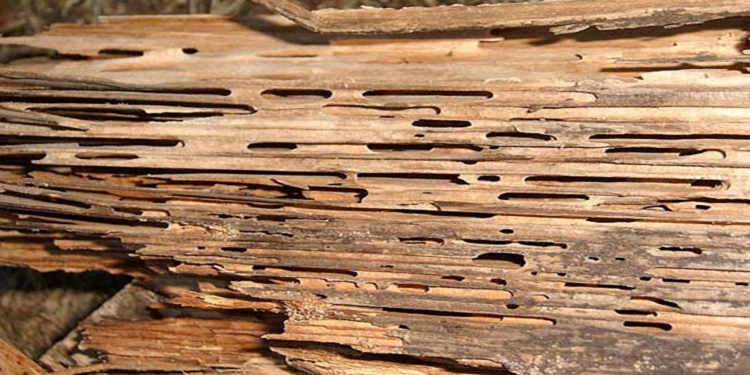
CARPENTER ANT PREVENTION
Effective carpenter ant control starts with structural and environmental modifications to reduce entry points and eliminate food and water sources.
✅ Begin by trimming any tree limbs that touch or overhang the roof, as carpenter ants can drop onto a structure from branches up to five feet above. Keep firewood stacks away from the house, just as you would to prevent termites.
✅ Seal cracks and gaps in the foundation, siding, windows, and doors with caulk. Additionally, install fine mesh screens over crawl space and attic vents to block potential entry points. Since ants need water to survive, eliminating moisture sources will make your home less hospitable. Repair any plumbing leaks, insulate sweating pipes, redirect air conditioner drains, and adjust sprinkler heads to prevent excess moisture near the foundation.
✅ Carpenter ants are especially attracted to damp wood. Keep all wood trim, decks, and exterior structures dry and well-maintained to deter infestations. Indoors and outdoors, maintain cleanliness by removing food sources such as sweets, grease, and crumbs that could attract ants.
✅ If you spot ant trails, use containerized baits along suspected paths and apply liquid bait into cracks and voids where ants are present. Initially, baiting may increase ant activity as workers gather the bait to bring back to the colony. Avoid killing ants during this time — the goal is for them to transport the bait to the nest for colony-wide elimination.
✅ Refrain from spraying insecticides after placing bait, as this can interfere with its effectiveness or kill worker ants before they deliver it to the colony. With patience, you should see a noticeable decline in ant activity over time.

Here is what my clients have to say about my home inspection services:
Press F5 (on your keyboard) for additional testimonials
Dave had an impressive website that seemed to be too thorough to be anything but genuine. The thing that seemed to sell me was that he says right on his website that you may pay a little more for his service, but that his quality is higher. So I decided to give him a try even though I had no reference from another person hoping for someone of top quality. I was not disappointed. He was at the home early as promised and had done an inspection of the exterior and was writing up notes so that when I arrived, he walked me through the exterior first. Even with his early arrival, we were still there for about 3 hours looking through every little corner and cubby. He would occasionally stop and fill out his inspection forms which were easy to follow and read; he gives you a full folder of his notes that are well organized.
Dave was open to all questions and concerns so every time I saw something that was potentially concerning to me, he would look, give his opinion and often shared other experiences with similar circumstances. He also had a good sense of humor which helped to lighten what can be a stressful experience (having someone pointing out problem items that you didn't see). I would highly recommend Massachusetts Home Inspections.
Michael


